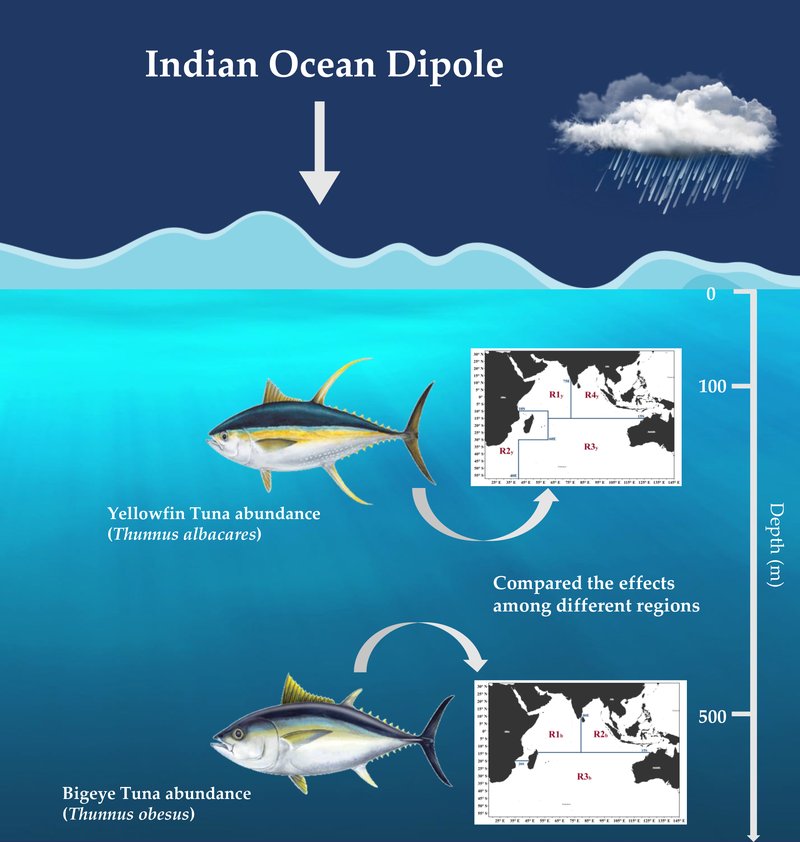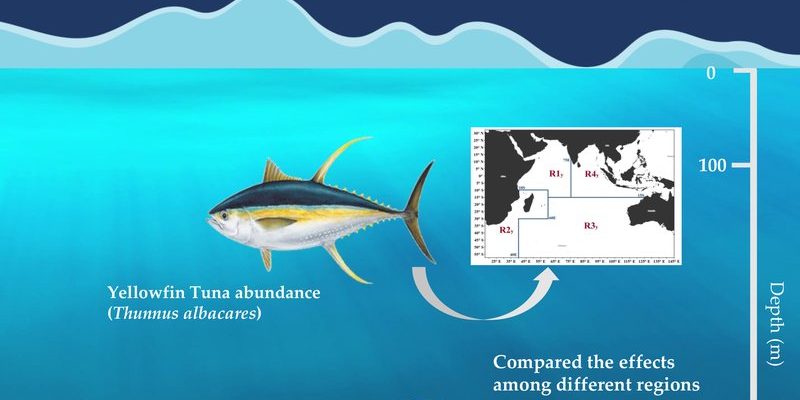
Tuna are more than just an important part of our dinner plates; they play a significant role in marine ecosystems. They keep populations of smaller fish in check and are a favorite among fishermen and seafood lovers. However, as temperatures rise and ocean conditions change, these magnificent fish are facing real challenges. Let’s explore how climate change is disrupting their world and what that might mean for the future of tuna.
Temperature Changes and Tuna Habitats
One of the most significant ways climate change affects tuna is through rising ocean temperatures. Tuna are *warm-blooded* fish, which means they can regulate their body temperature to some extent, but they still thrive in specific temperature ranges. Many tuna species prefer water temperatures between 20°C and 30°C (68°F and 86°F). When temperatures exceed these levels, they might struggle to survive.
Imagine if you had to exercise in a sauna. It would be exhausting, right? Well, that’s similar to what tuna experience in warmer waters. As ocean temperatures rise, tuna are forced to migrate to cooler areas, often moving north towards the poles. This shift can lead to overfishing in new territories and strained relationships among fishing communities.
Moreover, these changes disrupt the intricate food webs that sustain marine life. As tuna move into new habitats, they could impact local fish populations, leading to potential ecological imbalances. The ripple effects of shifting temperatures are felt far beyond just the tuna.
Changes in Tuna Migration Patterns
Migration is a big part of a tuna’s life. They are known for their long journeys, traveling thousands of miles to spawn and find food. However, with climate change altering ocean temperatures and currents, their traditional migration routes are being affected.
Picture a bird that flies south for the winter but finds a massive storm blocking its way. It has to find a new path, and it might not be as safe or familiar. Tuna are facing similar challenges. As they migrate in search of suitable habitats, they might encounter unfamiliar waters that could lack the right food sources or have increased competition for resources.
This change in migration can have economic implications as well. Fishermen who rely on seasonal runs might find themselves struggling to catch tuna if they’re not where they used to be. It’s a challenging situation for both the fish and those who depend on them.
The Impact of Ocean Acidification
Let’s talk about another consequence of climate change: ocean acidification. As carbon dioxide (CO2) levels rise in the atmosphere due to human activities, a significant portion of that CO2 gets absorbed by the ocean. This process leads to a decrease in pH levels, making the water more acidic.
You might be wondering why this matters for tuna. Well, the increased acidity can affect the entire marine ecosystem, from the smallest organisms to larger fish like tuna. Coral reefs, which provide essential habitats for many fish species, are particularly vulnerable. Without healthy reefs, there’s less food and shelter for young tuna, making it more difficult for them to survive and grow.
In simple terms, ocean acidification is like throwing a wrench into the engine of the ocean’s ecosystem. It disrupts the food chain and challenges the survival of many species, including tuna.
Changes in Food Availability
Tuna are top predators, which means they rely on smaller fish and other organisms for food. However, climate change impacts not just tuna but also their prey. As water temperatures rise, the populations and distribution of smaller fish can change dramatically.
Imagine trying to find your favorite snack in a store that keeps rearranging the shelves. Frustrating, right? That’s similar to what tuna experience when their food sources shift due to changing ocean conditions. When their prey becomes scarce or moves to different areas, tuna must adapt quickly or risk starvation.
These changes can create competition among tuna and other predators for limited resources. In the long run, this could affect tuna populations and their growth rates, making it essential to monitor food availability as environmental changes occur.
Overfishing and Sustainability Concerns
As tuna populations shift due to climate change, overfishing remains a significant threat. Tuna are highly sought after for their delicious meat, which has led to intense fishing pressure on their populations. The combination of overfishing and environmental changes complicates efforts to manage sustainable tuna fisheries.
Fishermen may be forced to travel farther or fish in new areas to catch their prized catch, which can lead to overfishing in those regions. It’s like a game of whack-a-mole; as soon as one issue is addressed, another pops up.
To combat these challenges, sustainability practices are becoming more critical than ever. This means creating regulations that control catch limits, encouraging responsible fishing methods, and protecting breeding grounds. Sustainable practices aren’t just good for tuna; they’re vital for the health of marine ecosystems as a whole.
Conservation Efforts and Future Outlook
Many organizations and governments are stepping up to tackle the challenges tuna face due to climate change. They’re working on conservation efforts that focus on habitat protection, sustainable fishing practices, and marine protected areas.
Think of these efforts as creating safe havens for tuna where they can thrive without the pressure of overfishing or habitat loss. Additionally, scientists are studying tuna migration patterns and population dynamics to inform better management strategies.
While it’s easy to feel disheartened by the challenges ahead, there’s also hope. The more we understand about how climate change is affecting tuna and the ecosystems they inhabit, the better equipped we are to make impactful changes.
Understanding how climate change is affecting tuna is essential for protecting not just these fish but the entire ocean ecosystem. By recognizing the interconnectedness of climate factors, migration patterns, and human impacts, we can work towards sustainable solutions.
Each of us has a role to play in conservation efforts, whether it’s making sustainable seafood choices, supporting local fishing communities, or advocating for policies aimed at protecting our oceans. The future of tuna—and the health of our oceans—depends on our actions today. Let’s keep these conversations going, raise awareness, and advocate for a healthier planet where tuna can thrive for generations to come.

